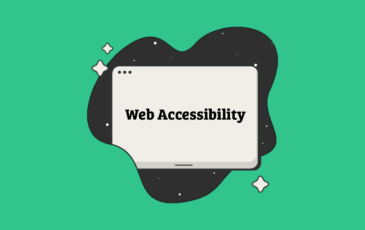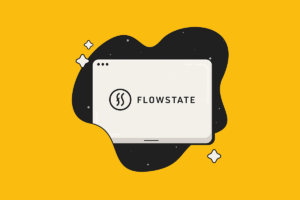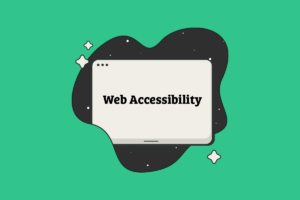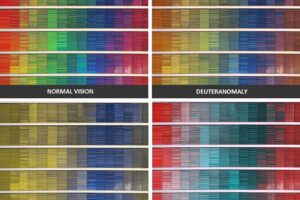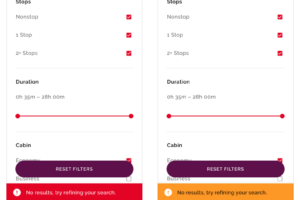Featured Resource
Modern web accessibility
Accessibility is no longer a “nice to have feature” for your client’s website…it’s a requirement. Over the last few years we’ve navigated the complexities and nuances of web accessibility, and we hope this guide is as useful to you as it has been for us.
The best of Secret Stache
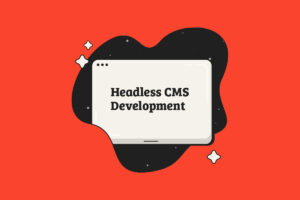
A guide to Headless / API first CMS development
All Resources

- WordPress
10 Plugins to customize WordPress’ back end user experience (UX)
As is the case with most software, the WordPress backend has changed drastically over the past 15 years, and there’s no question it has come a long way.

- Accessibility
5 Tips for accessible UX writing
UX writing enables businesses to establish their brand voice, guide users to take action, and make it easier to complete tasks.

- User Experience
How to conduct remote, moderated usability tests (and why you should)
We’ve said this before, but it’s always worth repeating: usability testing is critical to project success. While you may not be able to conduct as many onsite, in-person usability tests as you’d like, remote moderated testing is always a viable option.

- User Experience
The definitive guide to card sorting for usability testing
Card sorting is a UX research method that helps you present information in a way that meets the end user’s expectations. It’s a cost-effective and straightforward technique that allows you to get valuable feedback from users.

- WordPress
3 Popular WordPress page builders (and how they compare)
Building a new website is no small feat, and if you have little technical knowledge, it can feel next to impossible. Although some platforms such as WordPress make the process easier, it can still be challenging to create a site that’s both functional and stylish.

- UI Design
- User Experience
SEO considerations in your user experience design
A common misconception about SEO is that it’s all about using the right keywords in your content and link building. And while that’s incredibly important, search engines take many other factors (something like 200) into account when ranking websites.
Stay Tuned
Sign up for the best of Secret Stache content
"*" indicates required fields
